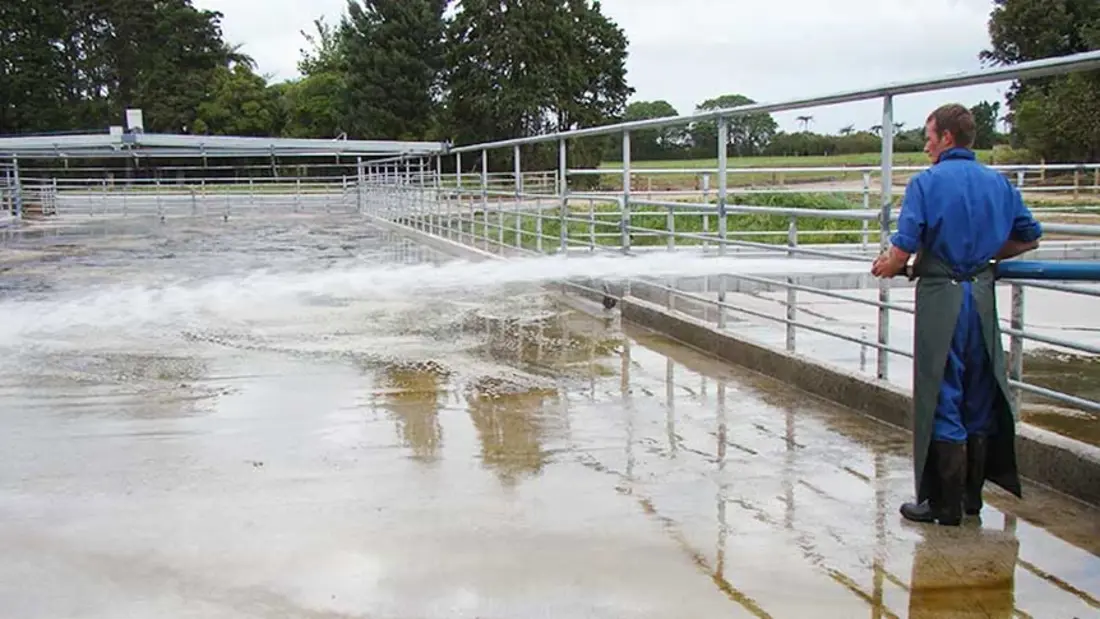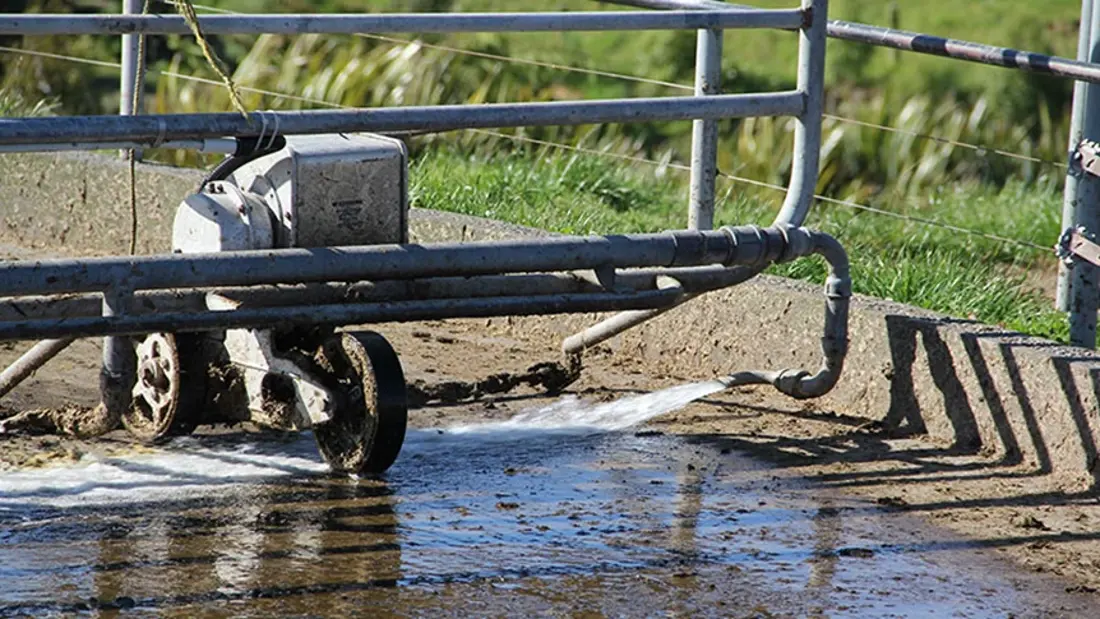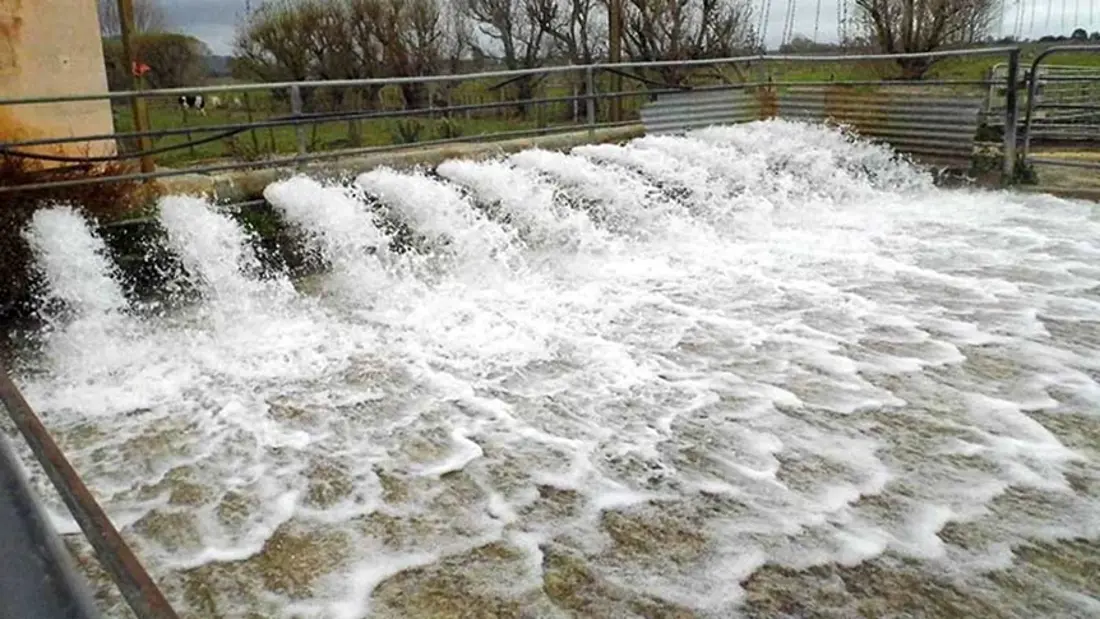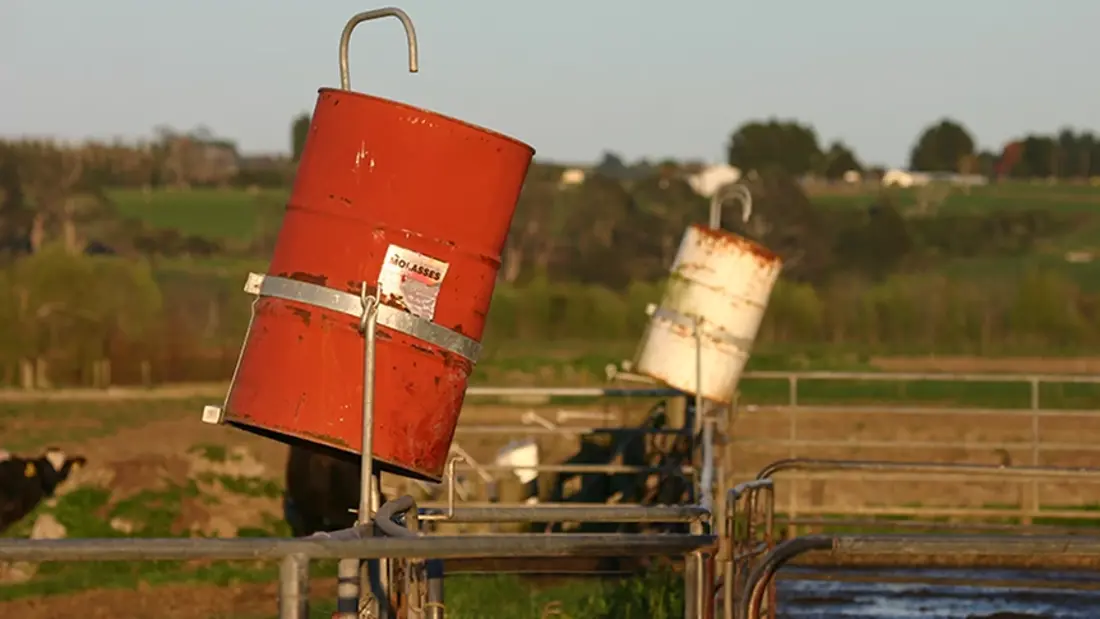Yard cleaning
4 min read
Reducing the time and water used in washing dairy yards is vital to an efficient farm routine. This page outlines various methods for efficient yard cleaning, focusing on the design of the holding yard, wash down systems, and the type of surface used. It explores different pumping techniques and offers manual and automated yard cleaning options, including hose and hydrant systems, flood wash systems, and special machinery. It emphasizes the importance of considering the slope, surface, water quality, and pressure in choosing the most effective and economical cleaning system for your specific yard.
Reducing the time spent washing yards requires an efficient routine and careful design of holding yard and wash down systems.
The more water used in yard cleaning, the greater the volume of effluent produced. Water doesn’t have to be high quality to clean the yard, consider this when sourcing water. High volume, low-pressure systems work best.
Excessively rough and cracked concrete surfaces increase the time spent hosing and you could consider resurfacing the yard. Large grooves running across the slope can slow water flow and trap sand particles. Grooves running down the slope do not cause as much restriction and enable any sand to be flushed away. Concrete should not be over-finished, as it can become slippery.
Water pumps should be placed close to the storage tank to reduce the distance water has to be ‘dragged’, so is less effort for the pump. Pump suction and discharge have a large effect on the amount of water a pump can output.
The delivery to the pump is best from above, but if suction is necessary, the lift should be as short as possible. The delivery pipe should be at least 51mm internal diameter.
Manual systems involve a higher labour input, but if the right system is used, there is huge potential for saving time. Manual yard cleaning systems can either be hose or hydrant.
Hose systems
Hydrant washing
Hydrant washing systems are becoming very popular – there are no hoses to drag around and they can reduce yard cleaning time. These may be the best option if yard slopes make flood washing ineffective.
Hydrant systems have significant OSH benefits. There is no long hose to drag around and the high volume swivel hose is easy to direct.
Features & requirements:

Hydrant wash system.
Automated systems reduce labour requirements, but some tasks may still need to be completed to ensure a high-quality clean. Options include:
Backing gate cleaning systems
Cleaning times can be reduced using scrapers and water jets mounted on backing gates. Options include:

Backing gate cleaning system.
Flood wash systems
Flood wash systems work best in single slope yards with no cross flow. If the yards are appropriate, a well designed system can mean opening a gate valve or pushing a button and walking away.
There are a number of different ways to flood wash holding yards, two examples are:
In suitable yards, flood wash systems are the ultimate in high volume, low pressure cleaning systems. A stored volume of water is released from the top of the yard and sweeps the yard clean in one hit.

Flood wash system.
Features and requirements
Pipe and riser flood wash
This flood wash system delivers water via pipes laid under the concrete yard and about one metre down-slope from the top of the yard.
Features and requirements:
Flood wash drums
Drums used in this system will automatically fill and tip as long as the water supply continues to run. A pivot system is used to tip the drums over – they over-balance when full. Once empty, they return to an upright position. This system is not very effective and can use a lot of water.

Flood wash drums.
Large tank in yard
This flood wash option uses a tank that is filled between milkings. This system can use a lot of water.
Features and requirements:
Now’s the perfect time to check in, plan, and set up for a strong season. We’ve pulled together smart tips and tools to help you stay ahead all winter long.
Whether you prefer to read, listen, or download handy guides, we’ve got you covered with trusted tools to support your journey every step of the way.
Put our proven strategies and seasonal tools to work. Boost production, support animal health and watch your profits hum.